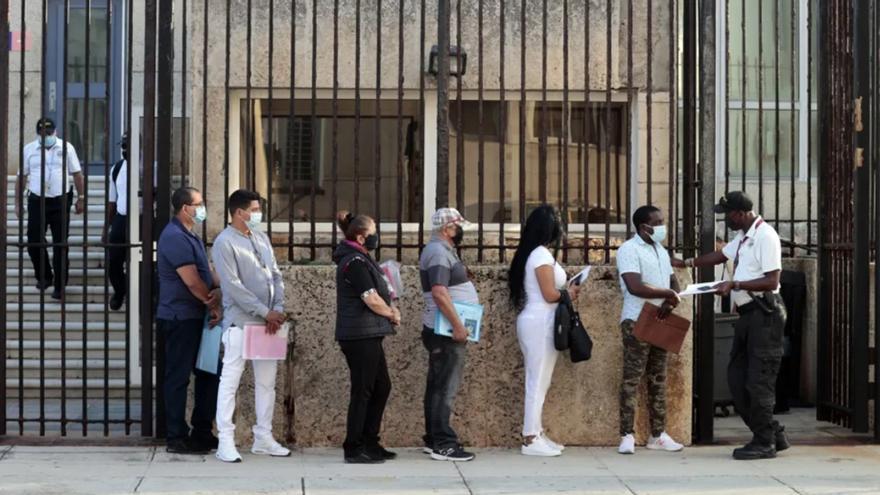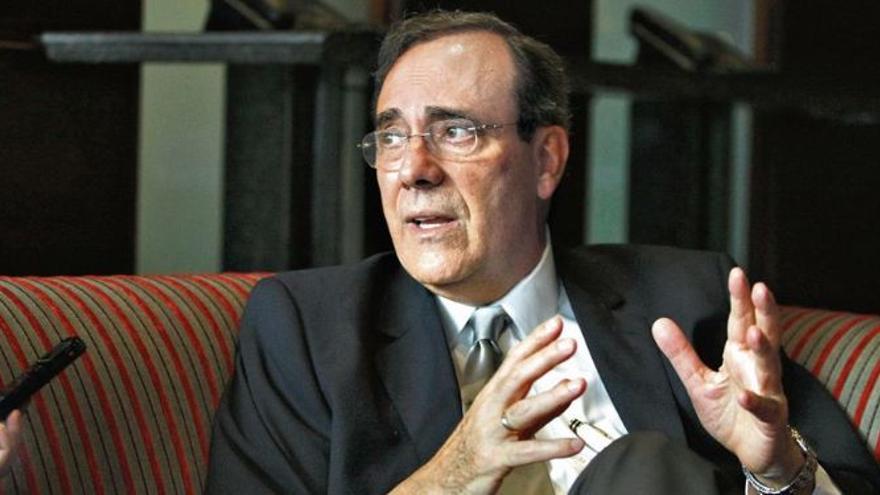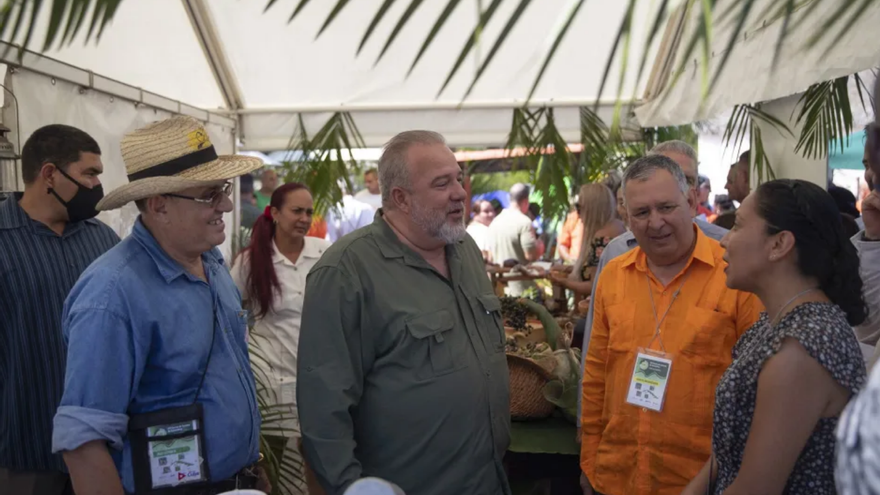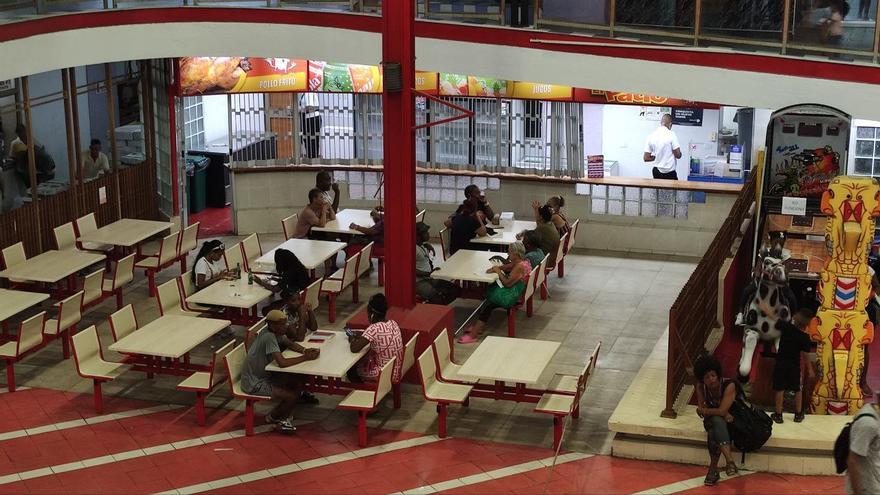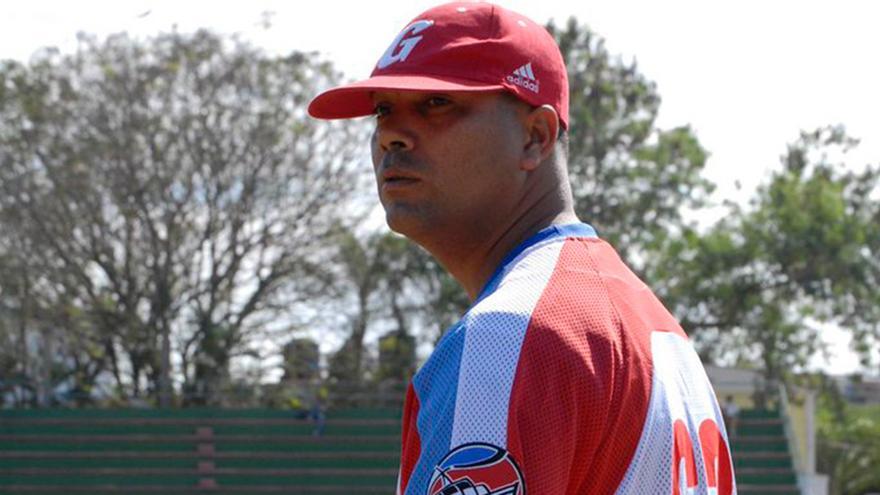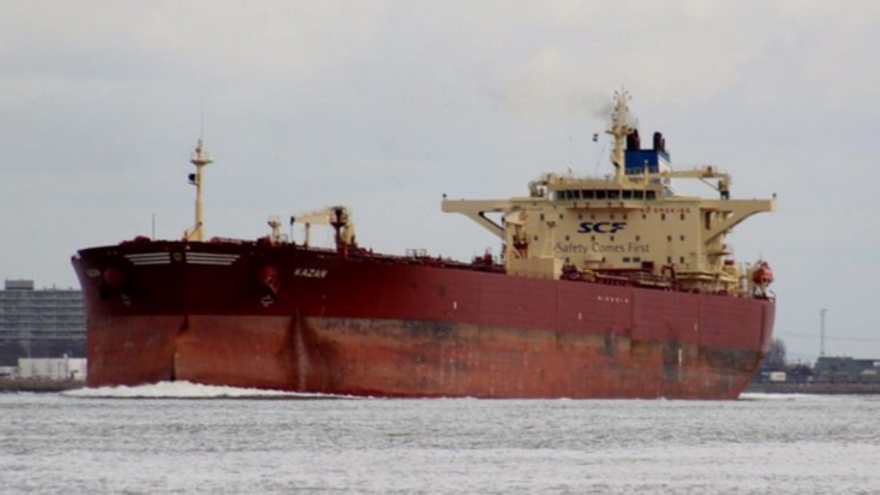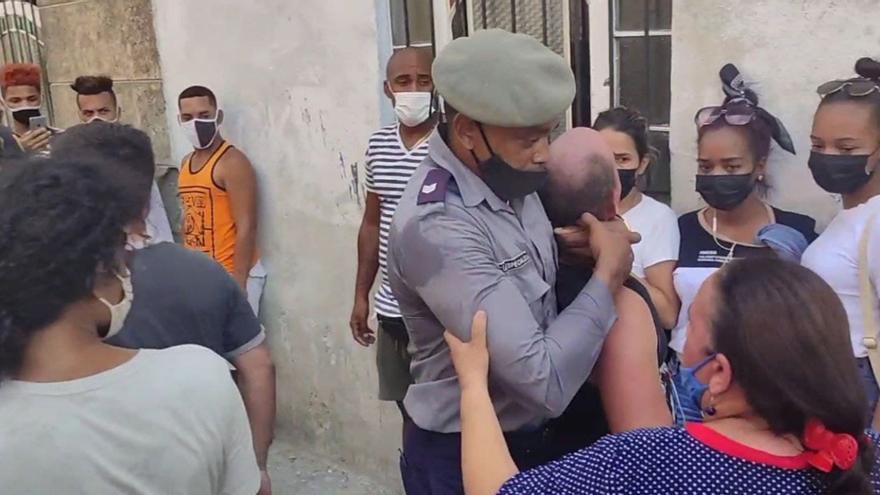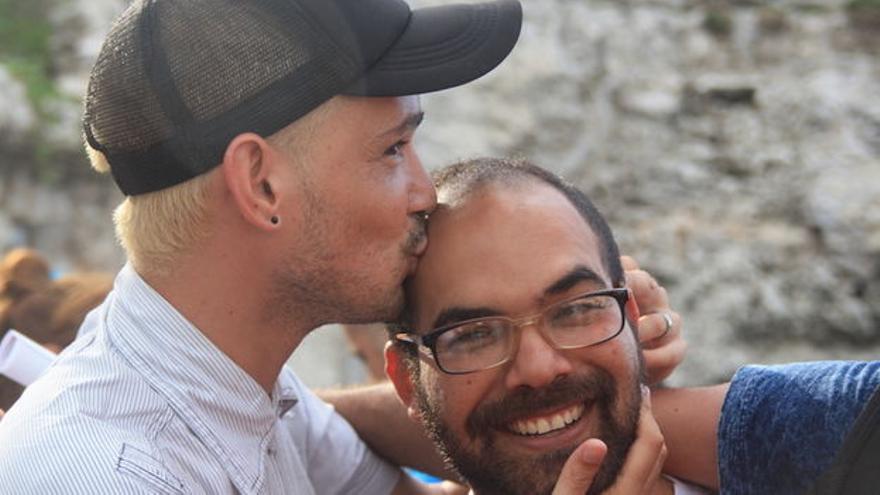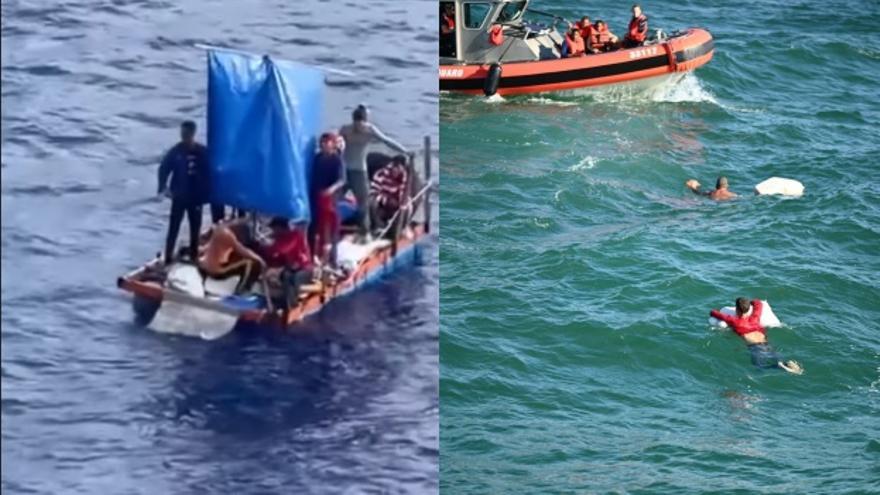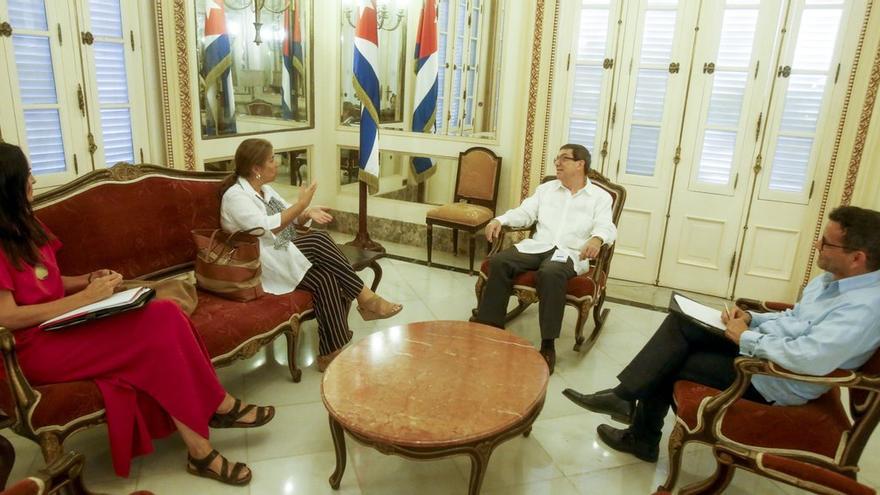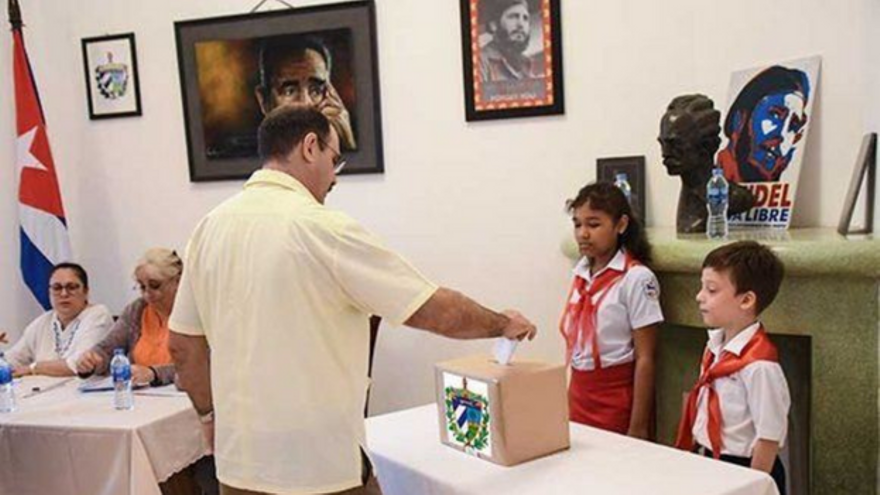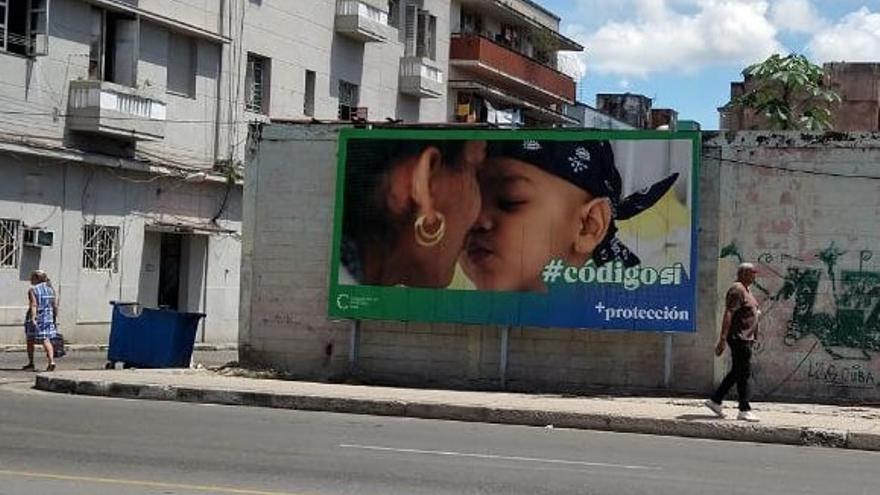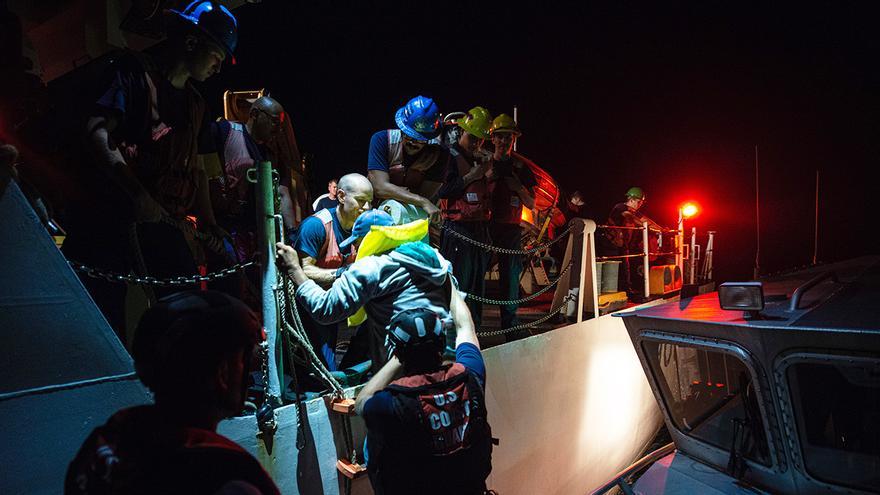
![]() 14ymedio/EFE, Havana, 19 September 2022 — Didier Pérez Pérez, Lester Leyniel Soca Díaz and Yoandy Alonso, arrested last Thursday, are accused of belonging to a human trafficking network that was transporting Cubans by sea to Monroe County, Florida (USA), where they were kept kidnapped in a house in Hialeah, until their relatives paid $15,000.
14ymedio/EFE, Havana, 19 September 2022 — Didier Pérez Pérez, Lester Leyniel Soca Díaz and Yoandy Alonso, arrested last Thursday, are accused of belonging to a human trafficking network that was transporting Cubans by sea to Monroe County, Florida (USA), where they were kept kidnapped in a house in Hialeah, until their relatives paid $15,000.
A grand jury in the Southern District of Florida has charged them with “conspiracy to transport and hold foreigners for profit; transportation of foreigners for profit; conspiracy to commit hostage-taking; and hostage-taking.”
According to details of the indictment, to which the Spanish agency EFE had access, the facts of which they are accused happened from August to the beginning of September of this year, and “other people, both known and unknown participated in them.”
The indictment also mentions the existence of two affected, identified only as victim 1 and victim 2, who were held and whom their captors threatened to “injure” or “kill.” According to information from the working group on the control of drugs against organized crime, in charge of the investigation, “migrants were even told that they would be left in the middle of the ocean if they didn’t pay their smuggling debts.” continue reading
According to the U.S. authorities, with the capture of Pérez, Soca and Alonso, the network of coyotes was dismantled and the Cubans could be rescued thanks to a “friend of one of the kidnapped, who served as a hook and agreed to pay the 15,000 dollars. They summoned him to a spot for the exchange of the hostage.”
The coyotes, who will have to stand trial, if found guilty could be sentenced to a maximum penalty of 10 years in prison and a maximum of three years of probation, as well as fines of $250,000.
The indictment provides for the confiscation of boats, vehicles and planes that may have been used to commit the crimes charged.
Properties that are acquired, directly or indirectly, from the commission of the crimes and those used to commit them will also be confiscated.
The existence of these coyote networks has been exposed in some cases. Boxer Andy Cruz saw his escape frustrated due to the denunciation made by Rolando Céspedes, The Prosecutor, a man who has been in the business of the departure of athletes for more than 10 years and has contacts in immigration in Cuba. This individual had warned the athlete that his departure should be managed with him in exchange for a large sum; since the athlete didn’t agree, he was denounced.
Last Wednesday, Víctor Manuel Ríos Castillo, 29, a resident of West Palm Beach, and Jorge Luis Fernández Rodríguez, 53, a resident of Tampa, were arrested. The first was accused of attempted smuggling of people and the second of illegally transporting fuel.
Ríos admitted that he had planned to go to Cuba to transfer migrants. Since October 2021, when the current fiscal year began, more than 177,000 Cubans have arrived by land in the U.S. and more than 5,000 by sea, a migration crisis that surpasses those of 1980 and 1994 together.
Translated by Regina Anavy
____________
COLLABORATE WITH OUR WORK: The 14ymedio team is committed to practicing serious journalism that reflects Cuba’s reality in all its depth. Thank you for joining us on this long journey. We invite you to continue supporting us by becoming a member of 14ymedio now. Together we can continue transforming journalism in Cuba.

